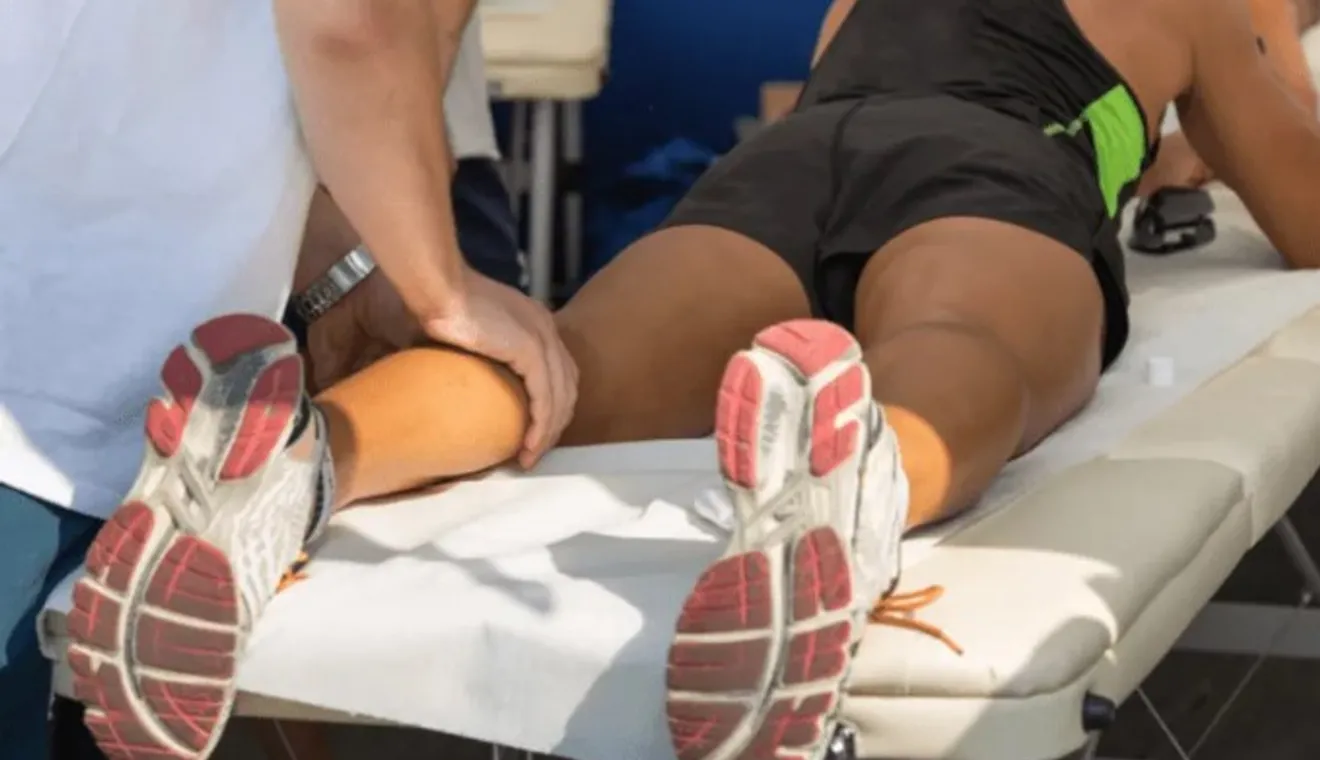
Sports massage involves treating the body of persons that are regularly involved in physical activities by concentrating around soft tissues. Connective tissues that have not hardened to cartilage and bones are referred to as soft tissues. Examples include the muscles, skin, ligaments and tendons.
Sports massage is used in helping to correct any imbalances or problems in the soft tissues caused as a result of repeated and exhausting physical activity. Having a sports massage before or after an exercise can help improve performance, prevent injury and help in recovery.
The basic sports massage techniques are the same as those used in therapeutic massages. Deep pressure and more friction are applied thus reducing any acid build up that hinders the muscular health.
The following are some of the techniques most commonly used in sports massage.
Techniques
Petrissage
Petrissage is derived from the French word, petrir, meaning “to knead”. This technique involves compressing and releasing the soft tissue. A direct pressure can be used or squeezing the muscle and skin.
Generally petrissage involve squeezing, kneading, shaking or picking of the skin resulting in an effective effect on the soft tissue.
Benefits:
- Increases movement between the tissue connections - Creates a great assistance in waste products removal - Helps in stretching muscle fibers - Aids in muscle relaxation
Tapotement
Involves techniques like, cupping and hacking.
Hacking
This involves alternately striking the skin using both hands with the sides of the fifth finger of each hand. A sound is made whenever the fingers come together while striking the skin.
This technique stimulates the skin thus preparing the muscles for exercise.
Cupping
An air-tight concave shape is made while striking the surface with the hand. A vibration is created by the compressed air caught underneath thus penetrating the tissues.
Effleurage
Involves stroking movements by sliding the hands over the skin. It can be used during a massage session at the beginning, in between and at the end of other techniques.\ Depending on the stage and purpose of the massage, different speed and pressure may be used in the stroking technique. The stroking can be light, firm or deep.
The stroking should be done in a rhythmical, smooth and relaxed manner. At the beginning of a session, a light touch is used then increasing the pressure as you go on with the massage. This should be done in slower movements to allow the tissues to stretch and increase circulation.
The hands should follow the natural features of the client’s body. For better results, the stroking should be done gently without any hurry while identifying any area of abnormality in the tissues.
Benefits of effleurage:
- The client feels at ease with each stroke - The muscles are relaxed - The light strokes allows the practitioner to identify and sense any abnormality in the tissues - Stretches the tissues - Aid in the waste products removal by increasing blood and lymph flow
Frictions
This is the back and forth application of force over separated areas using the thumbs or the pads of the fingers. Also known as cross-fiber friction as the pressure is applied on directions adjacent to the fibers.
This technique should only be used when necessary since it can interrupt the tissues in trying to align new fibers.
For a desired result, a deep stroking is used instead of the light stroke.
Benefits:
- Breaks down the bond between fibers - Encourages the healing process - Increases blood flow - Repairs muscle elasticity
Advantages of the Sports Massage
Breaks down Scar Tissue
Scar tissues have an effect on tendons, muscles and ligament making them painful and inflexible thus increasing chances of repeated injuries. The scar tissues can be broken down through sports massage techniques thus preventing any more injuries.
Restores Tissue Elasticity
During training, athletes lose their tissue elasticity making them unable to comfortably stretch. The elasticity of the tissues can be restored through sports massage by stretching them.
Pain Reduction
During training, the tissues always become inflexible, tense and in elastic thus creating muscle pains. With the massage, the muscles are stretched out thus relieving the pain and allowing the athlete to continue with the training
Creates Body Relaxation
During a massage, heat is created through friction. A reflex relaxation is then naturally experienced by the body. This reduces anxiety thus renewing the body mind and spirit.
The main aim of getting a massage is to relieve pain and tension. If the type of technique used causes tension or pain, it should be stopped. Try a different technique and if the problem persists then it is advisable to refer the client for medical checkup. There may be an underlying complication that needs further attention.